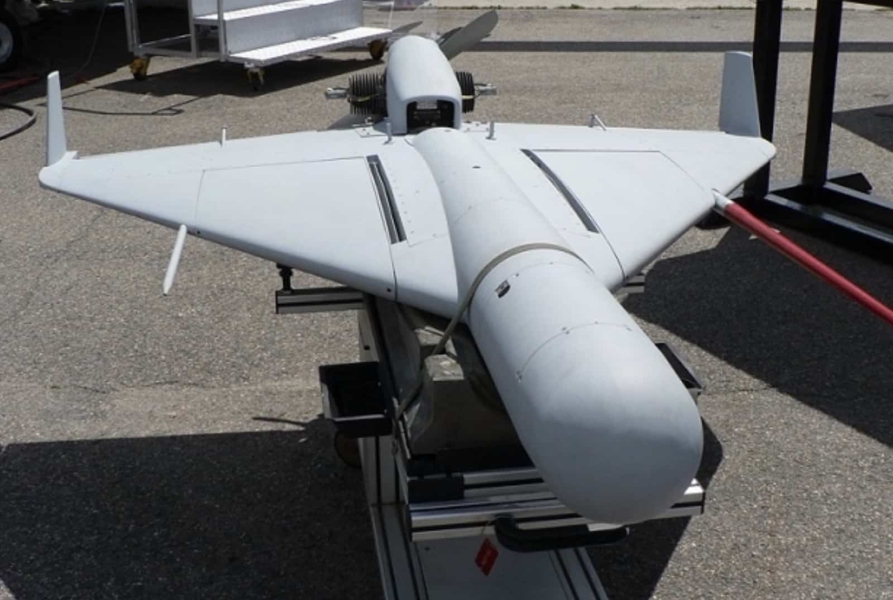Chinese Drone Experts Secretly Develop Military UAVs With Sanctioned Russian Arms Maker

Amazon DEALS: DJI Mini 4K now $249 (-17%) and DJI Osmo Action 4 drops to $249!
Chinese drone specialists have been conducting clandestine technical development work on military unmanned aerial vehicles at a sanctioned Russian weapons manufacturer, according to a Reuters exclusive report citing European security officials and internal documents.
The collaboration between Chinese experts and IEMZ Kupol, a state-owned Russian arms maker under Western sanctions, represents a significant escalation in China’s involvement in Russia’s military drone capabilities currently being deployed in Ukraine.
Extensive China-Russia Drone Partnership Revealed
Documents reviewed by Reuters show Chinese experts have visited Kupol facilities more than six times since the second quarter of 2024. During this period, Kupol received shipments of Chinese-made attack and surveillance drones through TSK Vektor, a Russian defense procurement company also under U.S. and EU sanctions.
The Chinese involvement includes two major drone manufacturers: Sichuan AEE and Hunan Haotyonyi. European security officials identified Chinese citizens as staff from these companies, despite some documentation describing them as TSK Vektor employees.
Chinese Military Drones in Active Combat Use
The collaboration has direct battlefield implications. Kiev reports approximately 500 Garpiya one-way attack drones—modeled on Iran’s Shahed design—are being used monthly in Ukraine. These drones can fly hundreds of miles to pre-programmed targets before diving and exploding on impact.
Corporate documents detail shipments of multiple Chinese drone models to Kupol, including the A140, A900, A60, A100, and A200 attack drones. Flight test reports describe successful testing of these systems at the Chebarkul military test site in Russia’s Chelyabinsk region.
Advanced Drone Development Projects
Beyond supplying existing hardware, Chinese experts are actively developing new drone capabilities for Russian forces. Documents reveal work on adapting Chinese flight control computers and engines for the Garpiya platform, as well as development of a new drone designated GA-21—assessed by European officials as a version of Iran’s Shahed-107.
The HW52V vertical take-off and landing (VTOL) drone from Hunan Haotyonyi represents another significant capability transfer. This multi-role platform serves intelligence, surveillance, reconnaissance, and strike missions.
Official Denials Amid Evidence
China’s foreign ministry maintains it “never providing lethal weapons to any party in the conflict and strictly controlling dual-use items, including drone exports.” However, the documented evidence of extensive technical collaboration and drone shipments suggests a deepening relationship between Chinese companies and Russian military manufacturers.
Samuel Bendett from the Center for a New American Security noted China has become “a vital part of Russia’s military supply chain,” particularly emphasizing the “enormous role and influence and impact of Chinese components in Russian military systems…especially in aerial drones.”
DroneXL’s Take
This revelation exposes how civilian drone technology rapidly transforms into military capabilities through international partnerships, even under sanctions regimes. The documented collaboration between Chinese drone manufacturers and Russian weapons makers highlights the dual-use nature of commercial UAV technology and the challenges of controlling its military applications.
The scale of Chinese technical involvement—from component supply to hands-on development work—suggests this isn’t merely arms sales but active technology transfer that’s enhancing Russian drone capabilities in real-time. For the drone industry, this underscores growing scrutiny around export controls and the need for companies to carefully vet their international partnerships.
What implications do you think this China-Russia drone collaboration will have for future UAV export regulations and industry oversight? Share your thoughts in the comments below.
